Dry Brushing 101: A double edge of lymphatic stimulation
Dry brushing is an ancient wellness practice that involves brushing the skin with a dry, natural bristle brush. This simple technique offers a range of potential benefits for the skin, circulation, and overall well-being. Here are some of the key benefits of dry brushing:
1. Exfoliation: Dry brushing helps exfoliate the skin by removing dead skin cells from the surface. This can leave the skin smoother, softer, and more radiant.
2. Improved Circulation: The act of brushing stimulates blood flow to the skin, promoting better circulation. Enhanced blood flow can help deliver more oxygen and nutrients to the skin cells, supporting skin health and even complexion.
3. Lymphatic Support: Dry brushing is believed to promote lymphatic drainage. The lymphatic system helps remove waste, toxins, and excess fluids from the body. By stimulating lymphatic flow, dry brushing may help reduce fluid retention and improve overall detoxification.
4. Reducing the Appearance of Cellulite: While not a guaranteed solution, some people believe that regular dry brushing can improve the appearance of cellulite by breaking down toxins and fat deposits under the skin. The massaging action of the brush may also help smooth the skin's surface.
5. Invigorating and Energizing: The act of dry brushing can feel invigorating and energizing. Many people find it a refreshing way to start their day, helping them feel more awake and revitalized.
6. Stress Relief: Dry brushing can be a form of self-care and relaxation. Taking the time to dry brush can help reduce stress and promote a sense of well-being, especially when combined with deep breathing or aromatherapy.
7. Enhancing Product Absorption: By exfoliating the skin's surface, dry brushing can improve the absorption of skincare products, allowing moisturizers and oils to penetrate more effectively.
8. Promoting Healthy Hair and Scalp: Dry brushing can also be applied to the scalp to stimulate hair follicles, potentially promoting healthier hair growth and a balanced scalp.
How to Dry Brush:
Choose a natural bristle brush with soft to medium firmness.
Dry brush on dry skin, preferably before showering, when the skin is not moisturized or sweaty.
Start at your feet and brush upwards, using long, gentle strokes toward your heart. Be mindful of sensitive areas.
Brush each area several times, overlapping strokes if necessary.
After dry brushing, take a shower to rinse off any loosened dead skin cells and toxins.
Note: If you have sensitive skin, eczema, psoriasis, or any skin condition, consult with a dermatologist or healthcare professional before trying dry brushing. Always be gentle when brushing and avoid broken or irritated skin.
Dry brushing can be a wonderful addition to your self-care routine, but results and experiences may vary from person to person. If you're interested in trying dry brushing, give it a consistent try over several weeks to see how it benefits your skin and well-being.
